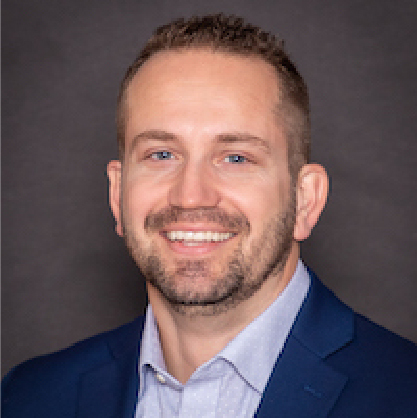Liberating Education
As we head into a new year with new opportunities to expand educational choice for families across America, it’s appropriate to take a moment to reflect on the school choice movement and the changes still needed to create a K–12 system that works for all students. This is the first in a larger blog series about liberating education through educational freedom.
Education is an inherently liberating act—except when it isn’t.
I’m not referring here to schools that might be described as “dropout factories,” the ones that actively seem to stand between children and opportunities, although those schools are alarming. This statement is not even about any specific school; rather, I’m arguing that whole systems of education can be stultifying.
Suppose for a moment that a school is doing a dynamite job; it’s the land of Lake Wobegon, where the children are all above average. It is possible, even here, for the education a child receives to be inhibiting. Education is about more than simply teaching a child to read, write and do arithmetic; it touches on our most deep-seated values and desires.
When government dictates what students should learn (or not learn, in the case of religion), it infringes on our ability to truly be free. In a truly free system, diverse individuals are able to seek out the type of education that suits their tastes and meets their needs. The system is driven by pluralism, not conformity.
In the forward to Virgil Blum’s 1958 book, Freedom of Choice in Education, Will Herberg wrote some important words about pluralism in education:
Pluralism is the mark of every open society. American society has its pluralistic diversity built into its institutions at every level of life. In economics, in politics, in culture, we are proud of our pluralism, and of the corresponding freedom it assures. There is one field, however, in which pluralism seems to arouse the suspicion, even the resentment of a considerable number of liberal Americans, and that is the field of education.
Herberg’s words are just as true today. Our society says we value diversity, but we enforce conformity through our traditional public education system.
It should come as no surprise that public education systems have regularly been used to thwart individual and group identities. Go back and read Horace Mann or other leading lights of the early days of mass public education in America. They were terrified of immigrants, Catholics and a host of other minority groups that were making their way in America at the time. Undoubtedly, some wanted to help educate the poor and the destitute; others, however, wanted to create a system to promote a sense of American values, stifle foreign languages and diminish reliance on non-Protestant forms of religion.
This is precisely why educational theorist Paulo Friere once wrote, “I do not believe that institutionalized education systems can be used as a lever for liberation.” Friere, a Marxist himself, argued that school systems are a product of the environment in which they are created. We cannot expect the system designed by those with power to cater to those without. Friere therefore suggests the downtrodden must be concerned with capturing power if they are to effect change in the education system.
But there is a problem with Friere’s solution—it does not change the dynamic, just who is in power. The state of education in America is a constant struggle for power because whoever has the power has the ability to dictate how and what students learn. Rather than battling each other like crabs trying to climb out of a pot of boiling water, constantly pulling each other down so that we can get ahead, the solution is to liberate education.
In short, we cannot create a liberating education system through illiberal means. We must recognize that people have differing views. Some want direct instruction; others want project-based learning. Some are religious; others are not. We are a pluralistic society. That’s a good thing. It’s time we had an education system that supported and cultivated support for diverse views.
That’s what this series is about. In my second post, I take on the notion that school choice is just about competitive market forces improving test scores. And in my final post, I argue that the reason we tax ourselves is to support the education of children, not school systems.
The goal of this series is to better understand how we can structure an educational system that values pluralism as much as we do in other areas of our society.
Other Posts in This Series




